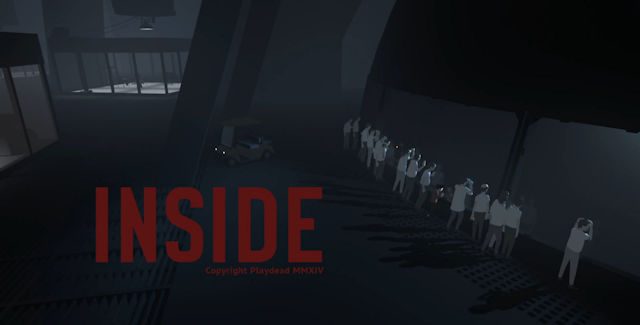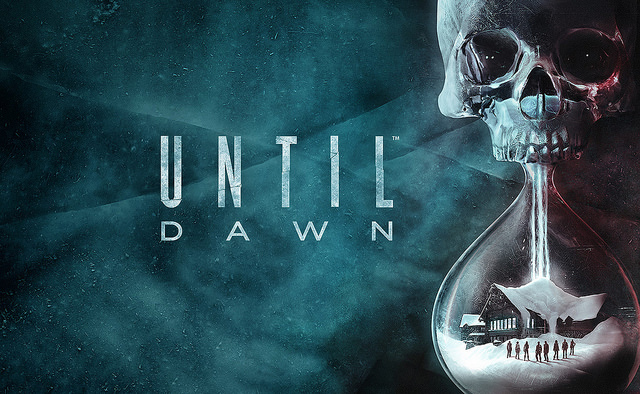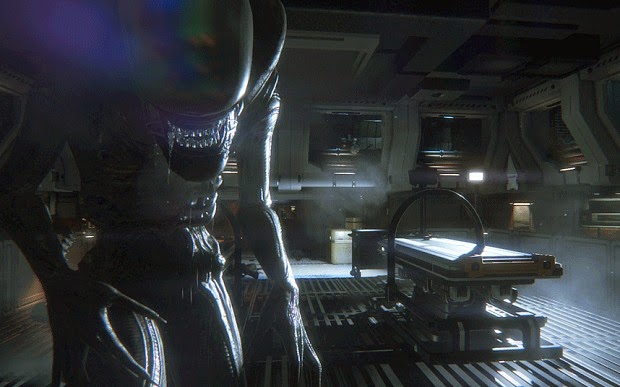Do videogames really have to try to tell stories? Are they not just better off focusing on interactive systems and gameplay? In this post I argue that stories are fundamental to the play experience by supplying context. This story context is crucial in order for videogames to engage and make the gameplay easy to grasp.
Mental Models
The reality that we sense in front of us is a fiction created by our brains. A host of modules process information in various ways and the end result is a mental model of the outside world. Knowing how this works is crucial to game development as the shape of these mental simulations has a huge effect on how a game feels and plays.
Evoking Presence
Playing a videogame can put you in a state where the borders between your self and the character gets blurry. This is one of the major differences that sets games apart from other mediums such as films and literature. When creating games, evoking this feeling of presence is worth trying to achieve.
Navigating the Space of Game Design
Designing a game spawns an endless set of ideas – ideas that need to be sorted. In order to do this, you need a method of evaluating them. The following discusses five different gameplay models – ways of thinking about game design – that can be helpful in choosing between ideas, and how they affect the final game.
Resident Evil and the power of narrative context
By putting the player in a situation where’s there not enough space to move or to aim at the enemy, gameplay can quickly grow boring. But when combining gameplay with narrative and context, you can turn this into an even more immersive experience
Videogames – too much fun for their own good?
As a medium videogames have been kidnapped by their easily-achieved engagement. Simple gameplay is so much fun on its own that storytelling has never been needed in order to draw an audience. Compared to films, the element of storytelling is seldom elevated in videogames. Is it time for a walk down that lesser-known path, leading to better narratives in videogames?
Traversal and the Problem With Walking Simulators
To keep the player focused on the game’s world is crucial to every game creator. While the player is traversing a space this is even more important, but at the same time harder to achieve. So how do you keep your game interesting and avoid turning it into a walking simulator?
Thoughts On Inside and Playable Stories
It is easy to view Inside (2016) as “just” a puzzle game with nice graphics. Many seem to overlook how incredibly good the game is at letting you play a story. Inside manages to craft an engaging narrative through gameplay in a way that few other games do. I think this is quite the accomplishment, and I’ve seen way too little written about it. The playable story is what I love about Inside, so it’s what this essay will be all about.
Thoughts on Until Dawn and Interactive Movies
Before starting Until Dawn my hopes for the game weren’t very high. I thought it was going to be a half-baked and campy interactive movie filled with unlikable characters and cheap jump scares. However, it turned out a lot better than I could have imagined and it now stands as one of my favorite horror games ever.
Thoughts on Alien: Isolation and Horror Simulation
Alien: Isolation is an interesting game. It is the latest entry in a lineage of games that I refer to as horror simulators. It does an excellent job at creating tension and uses a lot of the knowledge built up over the years to great success. But, because it has such a laser focus on a certain type of play a bunch problems arise and other parts of the package suffer. It is a great game in many ways, truly excellent really, but there are some fundamental problems. These lead to, for me at least, a devastating flaw: At its core it fails to be a faithful emulation of the original Alien (1979) movie.


